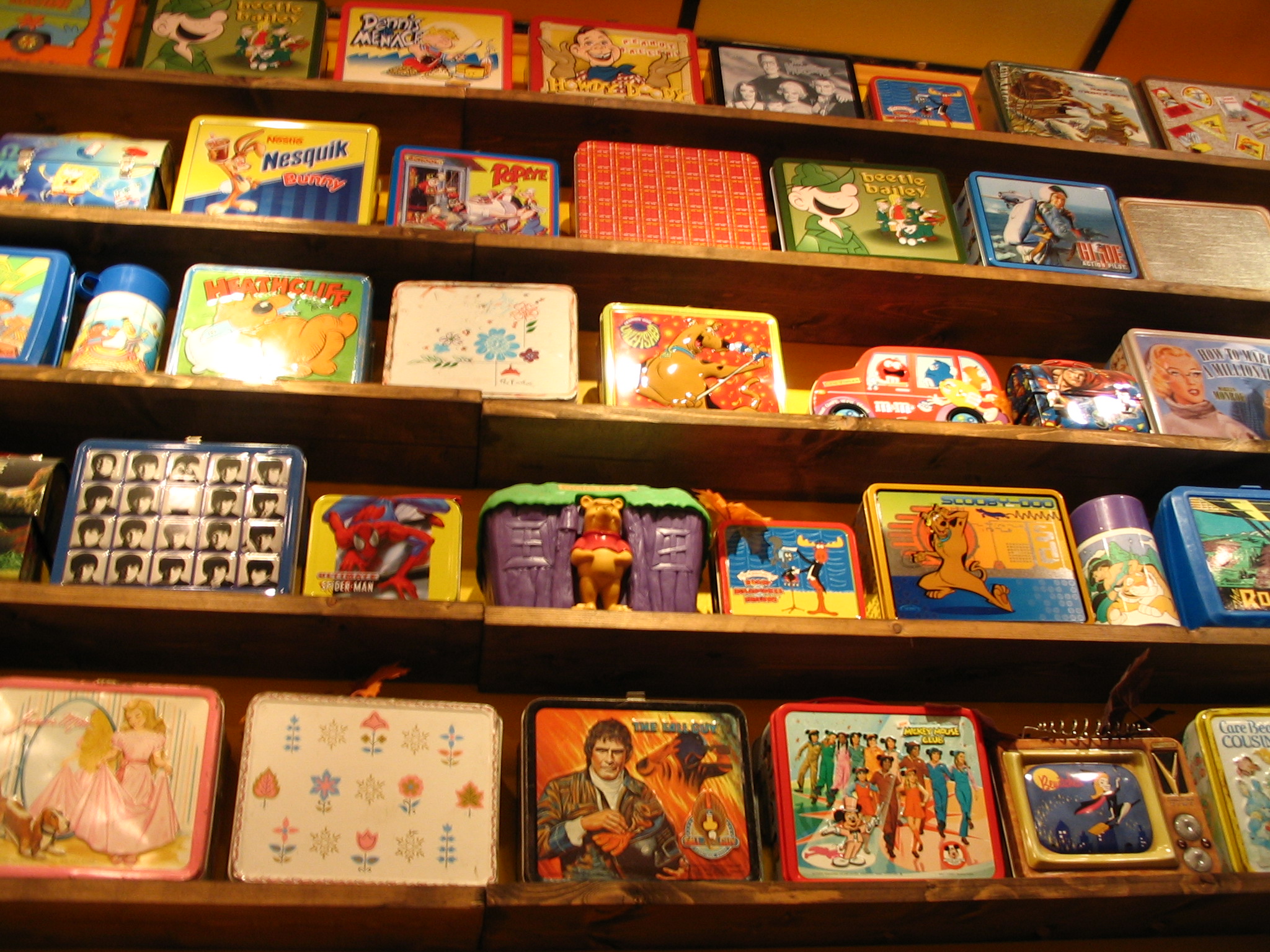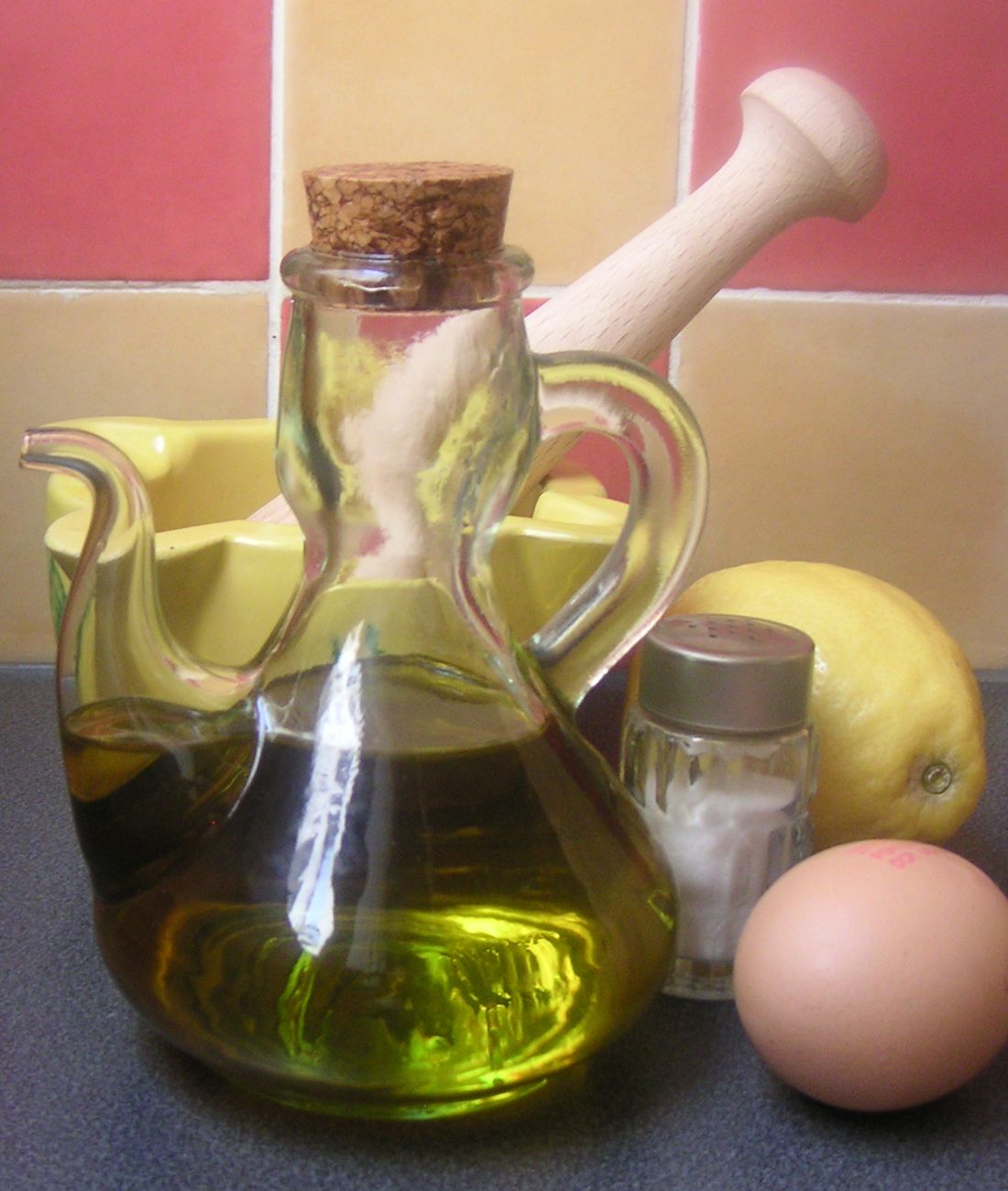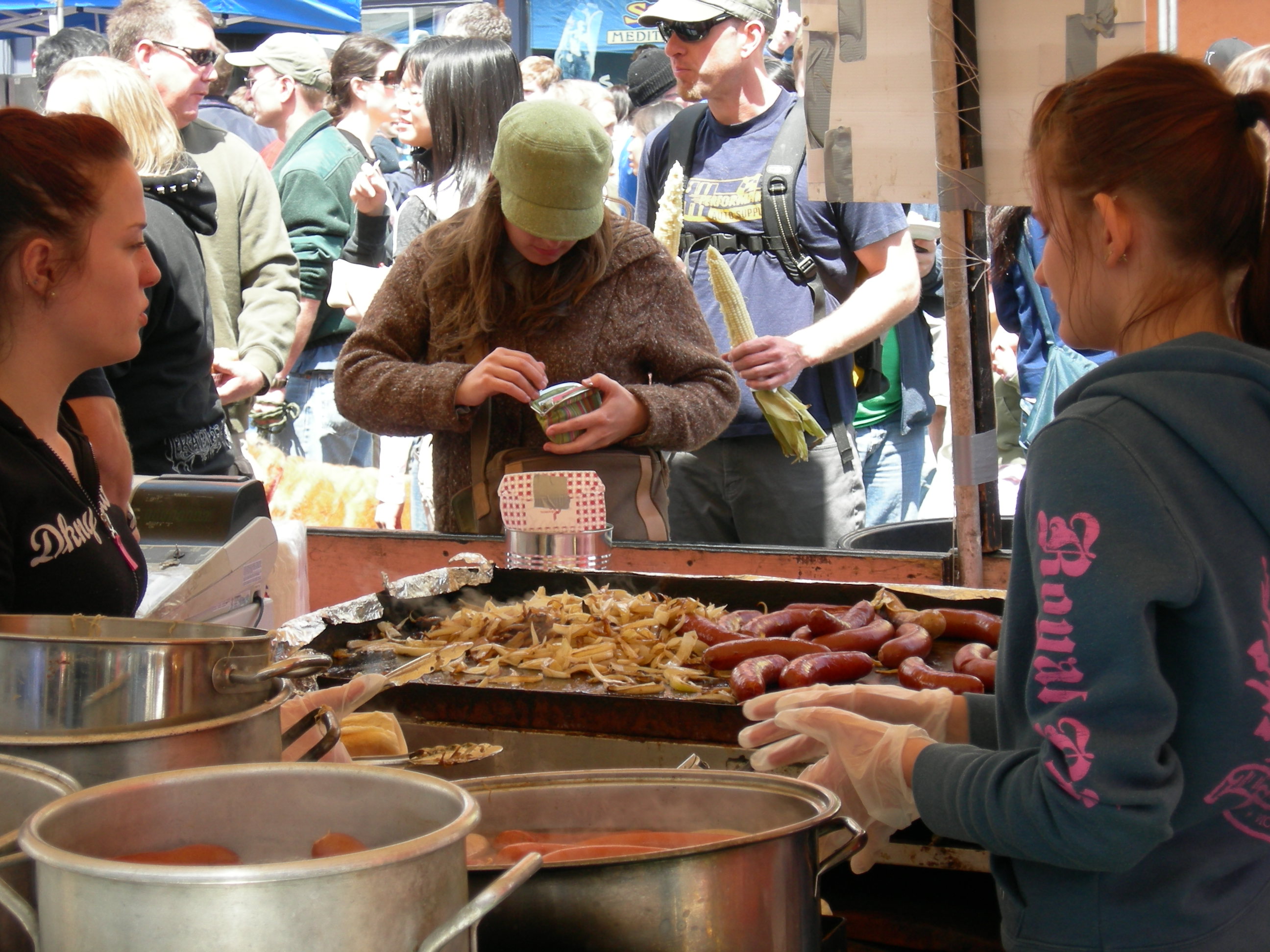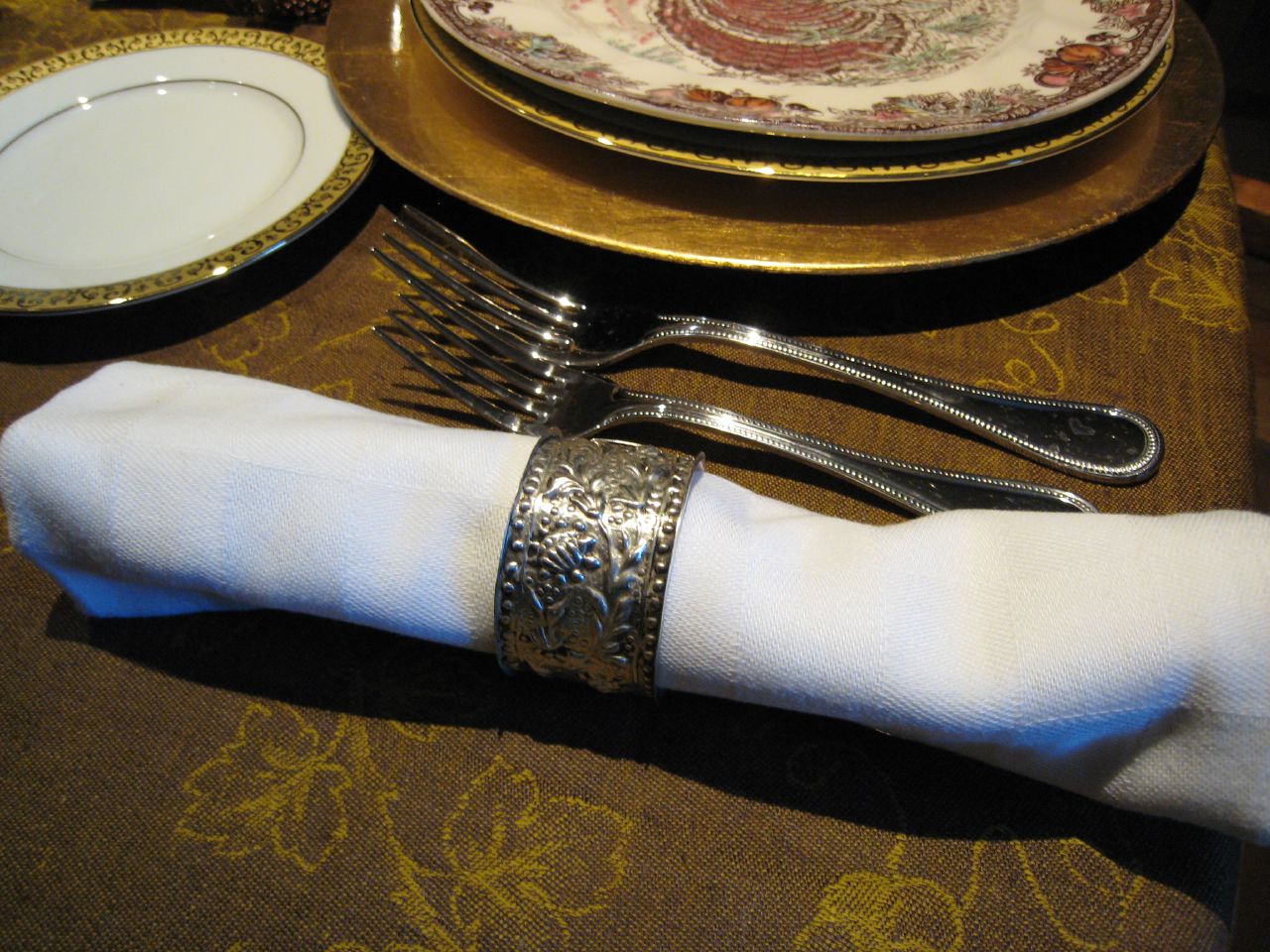|
Pambazo
Pambazo () is a Mexican dish or ''antojito'' (very similar to the torta) made with pambazo bread dipped and fried in a red '' guajillo'' pepper sauce. It is traditionally filled with ''papas con chorizo'' (potatoes with chorizo) or with ''papas'' only but there are different varieties. Ingredients and preparation The bread used for pambazos is white and lacks a crispy crust. This particular bread is made of flour, and is softer than the similar bolillo (also used for sandwiches), which allows it to retain its shape while being soaked in sauce. Teleras are usually found in Mexican bakeries where they are sold just as any other white bread. It is unclear since when or why the pambazo is prepared and filled in a very specific way. While other similar dishes changed the fillings or toppings, the pambazo recipe remains almost the same. The bread is first filled with the potato and chorizo, then dipped in warm red '' guajillo'' pepper sauce, which gives the bread its famous orange ... [...More Info...] [...Related Items...] OR: [Wikipedia] [Google] [Baidu] |
Antojito
Mexican street food, called ''antojitos'' (literally "little cravings"), is prepared by street vendors in Mexico City, street vendors and at small traditional markets in Mexico. Street foods include tacos, tamales, gorditas, quesadillas, Empalme (food), empalmes, tostada (tortilla), tostadas, chalupa, elote, tlayudas, cemita, pambazo, empanada, nachos, chilaquiles, fajita and tortas, as well as fresh fruit, vegetables, beverages and soups such as menudo (soup), menudo, pozole and pancita. Most are available in the morning and the evening, as mid-afternoon is the time for the main formal meal of the day. Mexico has one of the most extensive street food cultures in Latin America, and ''Forbes'' named Mexico City as one of the foremost cities on the world in which to eat on the street. Definition In Mexican Spanish, the fast foods prepared on the streets and in market stalls are called ''antojitos'' (literally "little cravings") because they are typically foods not eaten at a formal ... [...More Info...] [...Related Items...] OR: [Wikipedia] [Google] [Baidu] |
Pambazo (bread)
The pambazo or pan bazo is a white bread of wheat flour, yeast, water and salt, used in the Mexican sandwich called pambazo, which takes the name of the bread. It is about sixteen centimeters long, concave and oval. In its outer layer, it is golden and crispy, and in its inner part, it is white and very light. Not to be confused with telera, since it has a different consistency. There is also a Spanish pan bazo bread and a pambazo from Veracruz, Mexico. See also * List of breads This is a list of notable baked or steamed bread varieties. This list does not include cakes, pastries, or fried dough foods, which are listed in separate Wikipedia articles. It also does not list foods in which bread is an ''ingredient'' which is ... References * Muñoz, Zurita.(2013). Diccionario enciclopédico de la gastronomía mexicana. Ed. Larousse. {{Mexican bread Mexican breads ... [...More Info...] [...Related Items...] OR: [Wikipedia] [Google] [Baidu] |
Guajillo Chili
A guajillo chili or guajillo chile or chile guaco ( es, chile guajillo) is the dried form of the mirasol chili, a landrace variety of chile pepper of the species ''Capsicum annuum.'' Guajillos are the second-most commonly used dried chili in Mexican cuisine after anchos, the dried form of poblano chilies. The Mexican state of Zacatecas is one of the main producers of guajillo chilies. There are two main varieties that are distinguished by their size and heat factors. The guajillo ''puya'' is the smaller and hotter of the two ( es, puyar, label=none, in Spanish, is to prick or poke). In contrast, the longer and wider ''guajillo'' has a more pronounced, richer flavor and is somewhat less spicy. With a rating of 2,500 to 5,000 on the Scoville scale, its heat is considered mild to medium. Guajillo chilies have many applications and are used in a variety of Mexican preparations. For instance, they are sometimes used to make salsa for tamales; the dried fruits are seeded, soaked or sim ... [...More Info...] [...Related Items...] OR: [Wikipedia] [Google] [Baidu] |
Guajillo Chili
A guajillo chili or guajillo chile or chile guaco ( es, chile guajillo) is the dried form of the mirasol chili, a landrace variety of chile pepper of the species ''Capsicum annuum.'' Guajillos are the second-most commonly used dried chili in Mexican cuisine after anchos, the dried form of poblano chilies. The Mexican state of Zacatecas is one of the main producers of guajillo chilies. There are two main varieties that are distinguished by their size and heat factors. The guajillo ''puya'' is the smaller and hotter of the two ( es, puyar, label=none, in Spanish, is to prick or poke). In contrast, the longer and wider ''guajillo'' has a more pronounced, richer flavor and is somewhat less spicy. With a rating of 2,500 to 5,000 on the Scoville scale, its heat is considered mild to medium. Guajillo chilies have many applications and are used in a variety of Mexican preparations. For instance, they are sometimes used to make salsa for tamales; the dried fruits are seeded, soaked or sim ... [...More Info...] [...Related Items...] OR: [Wikipedia] [Google] [Baidu] |
Mexico
Mexico (Spanish: México), officially the United Mexican States, is a country in the southern portion of North America. It is bordered to the north by the United States; to the south and west by the Pacific Ocean; to the southeast by Guatemala, Belize, and the Caribbean Sea; and to the east by the Gulf of Mexico. Mexico covers ,Mexico ''''. . making it the world's 13th-largest country by are ... [...More Info...] [...Related Items...] OR: [Wikipedia] [Google] [Baidu] |
Lunchbox
A lunch box (alt. spelling lunchbox) refers to a hand-held container used to transport food, usually to work or to school. It is commonly made of metal or plastic, is reasonably airtight and often has a handle for carrying. In the United States In the United States a lunchbox may also be termed a lunch pail, lunch bucket or lunch tin, either as single words or paired. The concept of a food container has existed for a long time, but it was not until people began using tobacco tins to carry meals in the early 20th century, followed by the use of lithographed images on metal, that the containers became a staple of youth, and a marketable product. It has most often been used by schoolchildren to take packed lunches, or a snack, from home to school. The most common modern form is a small case with a clasp and handle, often printed with a colorful image that can either be generic or based on children's television shows or films. Use of lithographed metal to produce lunch boxes ... [...More Info...] [...Related Items...] OR: [Wikipedia] [Google] [Baidu] |
Queso Blanco
Queso blanco (), literally ''white cheese'' in Spanish, can refer to many different kinds of cheeses whose only common trait is their white color. The specific cheese referred to depends on the region. Production Queso blanco is considered one of the easier cheeses to make, as it requires no careful handling and does not call for rennet or bacterial culture. It is usually made by heating whole fresh milk to near-boiling, adding an acidifying agent such as vinegar, stirring until curds form, then draining the curds in cheesecloth for three to five hours. Such cheeses are also known as "bag cheeses," as the curds are normally hung in a bag of cheesecloth to drain. Many Mexican home cooks make their own instead of purchasing it; when made for the evening meal, it is often prepared in the early afternoon and left to drain until evening. As it is highly perishable, it must be refrigerated or used immediately once the whey has drained out. Common uses Queso blanco and queso fresc ... [...More Info...] [...Related Items...] OR: [Wikipedia] [Google] [Baidu] |
Mayonaisse
Mayonnaise (; ), colloquially referred to as "mayo" , is a thick, cold, and creamy sauce or dressing commonly used on sandwiches, hamburgers, composed salads, and French fries. It also forms the base for various other sauces, such as tartar sauce, fry sauce, remoulade, salsa golf, and rouille. Mayonnaise is an emulsion of oil, egg yolk, and an acid, either vinegar or lemon juice; there are many variants using additional flavorings. The color varies from near-white to pale yellow, and its texture from a light cream to a thick gel. Commercial eggless imitations are made for those who avoid chicken eggs because of egg allergies, to limit dietary cholesterol, or because they are vegans. History ''Mayonnaise'' is a French cuisine appellation that seems to have appeared for the first time in 1806. The hypotheses invoked over time as to the origin(s) of mayonnaise have been numerous and contradictory. Most hypotheses do however agree on the geographical origin of the sauce, Ma ... [...More Info...] [...Related Items...] OR: [Wikipedia] [Google] [Baidu] |
Food Stand
A food kiosk or food booth (also food stand, temporary food service facility) is generally a temporary structure used to prepare and sell food to the general public, usually where large groups of people are situated outdoors in a park, at a parade, near a stadium or otherwise. Sometimes the term also refers to the business operations and vendors that operate from such booths. Background There is evidence to suggest that certain foods have either originated from, or gained in popularity through food booths.A confectionery booth is depicted in an etching by Christoph Weigel (1654-1725) From One Hundred Fools c.1700. For example, the popularity of the ice cream cone in North America is attributed to the St. Louis World's Fair in 1904. According to legend, an ice cream seller had run out of clean dishes, and could not sell any more ice cream. Next door to the ice cream booth was the waffle booth, unsuccessful due to intense heat. The waffle maker offered to make cones by rolling up hi ... [...More Info...] [...Related Items...] OR: [Wikipedia] [Google] [Baidu] |
Backpack
A backpack—also called knapsack, schoolbag, rucksack, rucksac, pack, sackpack, booksack, bookbag or backsack—is, in its simplest frameless form, a fabric sack carried on one's back and secured with two straps that go over the shoulders, but it can have an external frame, internal frame, and there are bodypacks. Backpacks are commonly used by hiking, hikers and students, and are often preferred to handbags for carrying heavy loads or carrying any sort of equipment, because of the limited capacity to carry heavy weights for long periods of time in the hands. Large backpacks, used to carry loads over , as well as smaller sports backpacks (e.g. running, cycling, hiking and hydration), usually offload the largest part (up to about 90%) of their weight onto padded hip belts, leaving the shoulder straps mainly for stabilising the load. This improves the potential to carry heavy loads, as the hips are stronger than the shoulders, and also increases agility and balance, since t ... [...More Info...] [...Related Items...] OR: [Wikipedia] [Google] [Baidu] |
Napkin
A napkin, serviette or face towelette is a square of cloth or paper tissue used at the table for wiping the mouth and fingers while eating. It is usually small and folded, sometimes in intricate designs and shapes. Etymology and terminology The term 'napkin' dates from the 14th century, in the sense of a piece of cloth or paper used at mealtimes to wipe the lips or fingers and to protect clothing. The word derives from the Late Middle English ''nappekin'', from Old French ''nappe'' (tablecloth, from Latin ''mappa''), with the suffix '' -kin''. A 'napkin' can also refer to a small cloth or towel, such as a handkerchief in dialectal British, or a kerchief in Scotland. 'Napkin' may also be short for "sanitary napkin". Description Conventionally, the napkin is folded and placed to the left of the place setting, outside the outermost fork. In a restaurant setting or a caterer's hall, it may be folded into more elaborate shapes and displayed on the empty plate. Origami techni ... [...More Info...] [...Related Items...] OR: [Wikipedia] [Google] [Baidu] |
Sandwich
A sandwich is a food typically consisting of vegetables, sliced cheese or meat, placed on or between slices of bread, or more generally any dish wherein bread serves as a container or wrapper for another food type. The sandwich began as a portable, convenient finger food in the Western world, though over time it has become prevalent worldwide. In the 21st century there has been considerable debate over the precise definition of ''sandwich''; and specifically whether a hot dog or open sandwich can be categorized as such. In the United States, the Department of Agriculture and the Food and Drug Administration are the responsible agencies. The USDA uses the definition, "at least 35% cooked meat and no more than 50% bread" for closed sandwiches, and "at least 50% cooked meat" for open sandwiches. In Britain, the British Sandwich Association defines a sandwich as "any form of bread with a filling, generally assembled cold", a definition which includes wraps and bagels, but exclud ... [...More Info...] [...Related Items...] OR: [Wikipedia] [Google] [Baidu] |








